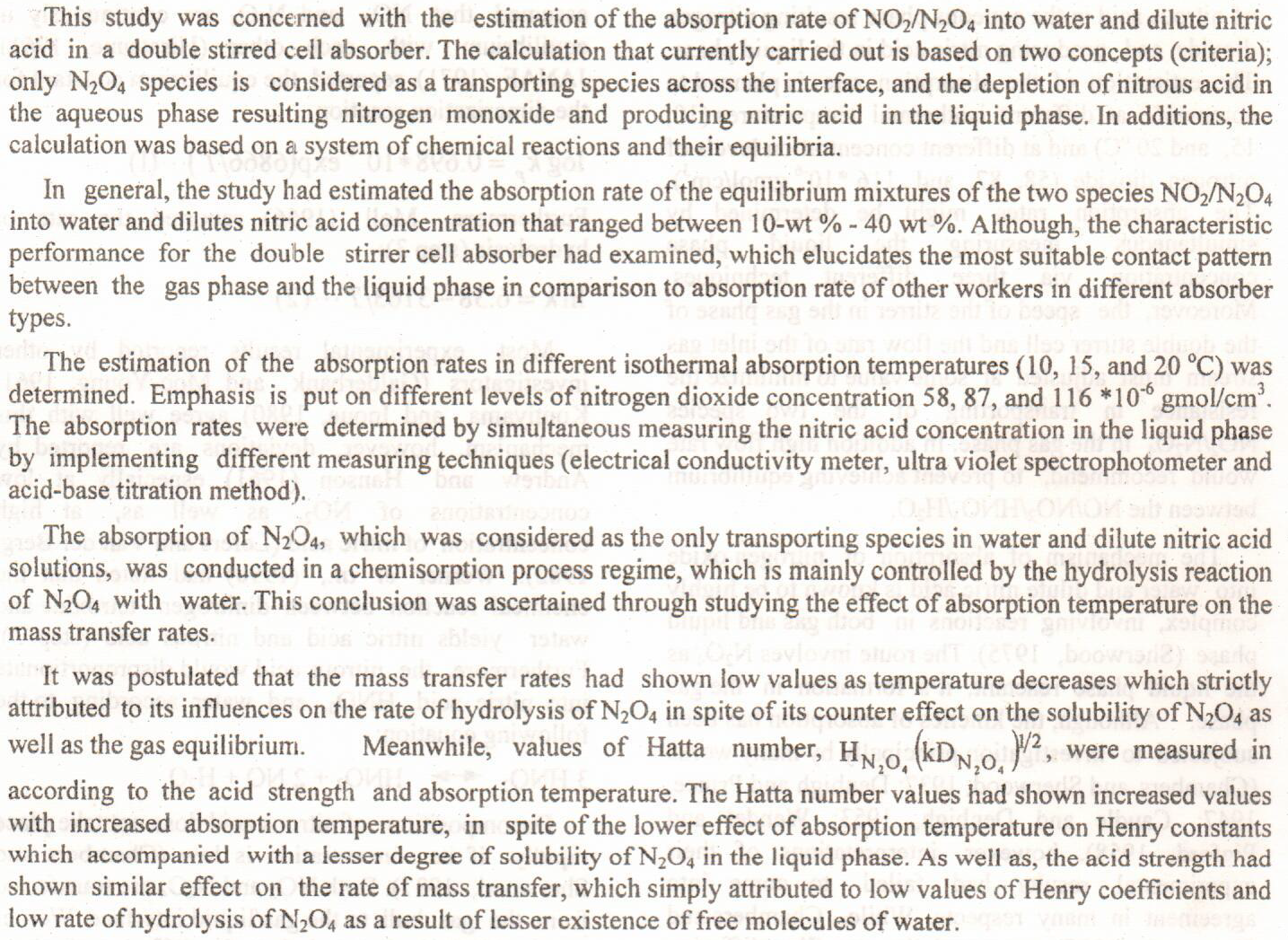
 (3)
(3)
A Geographic Information System (GIS) is a computerized database management system for accumulating, storage, retrieval, analysis, and display spatial data. In general, GIS contains two broad categories of information, geo-referenced spatial data and attribute data. Geo-referenced spatial data define objects that have an orientation and relationship in two or three-dimensional space, while attribute data is qualitative data that can be counted for recording and analysis. The main aim of this research is to reveal the role of GIS technology in the enhancement of bridge maintenance management system components such as the output results, and make it more interpretable through dynamic colour coding and more sophisticated vi
... Show More (3)
(3)
The objective of the current research is to find an optimum design of hybrid laminated moderate thick composite plates with static constraint. The stacking sequence and ply angle is required for optimization to achieve minimum deflection for hybrid laminated composite plates consist of glass and carbon long fibers reinforcements that impeded in epoxy matrix with known plates dimension and loading. The analysis of plate is by adopting the first-order shear deformation theory and using Navier's solution with Genetic Algorithm to approach the current objective. A program written with MATLAB to find best stacking sequence and ply angles that give minimum deflection, and the results comparing with ANSYS.
The uptake of Cd(II) ions from simulated wastewater onto olive pips was modeled using artificial neural network (ANN) which consisted of three layers. Based on 112 batch experiments, the effect of contact time (10-240 min), initial pH (2-6), initial concentration (25-250 mg/l), biosorbent dosage (0.05-2 g/100 ml), agitation speed (0-250 rpm) and temperature (20-60ºC) were studied. The maximum uptake (=92 %) of Cd(II) was achieved at optimum parameters of 60 min, 6, 50 mg/l, 1 g/100 ml, 250 rpm and 25ºC respectively.
Tangent sigmoid and linear transfer functions of ANN for hidden and output layers respectively with 7 neurons were sufficient to present good predictions for cadmium removal efficiency with coefficient of correlatio
... Show More (22)
(22)
 (12)
(12)
 (40)
(40)
 (39)
(39)
Loss of drilling fluid in the Nasiriyah oil field can be considered as a big,
serious, and expensive problem at the same time, therefore accurate and integrated
program must be prepared before start drilling in layers that are likely to get loss
circulation. From the available data of well Ns-13, the area of loss was detected in
five layers, which are Dammam, Um- radoma, Tayarat, Shiranish and Hartha since
these layers contain natural cracks and high porosity represented by vugs.
Methods of prevention have been identified by specifying the minimum values
of drilling parameters to reduce hydrostatic pressure, thus reducing equivalent
density of drilling mud during the circulation, depths of casing shoes is
deter
